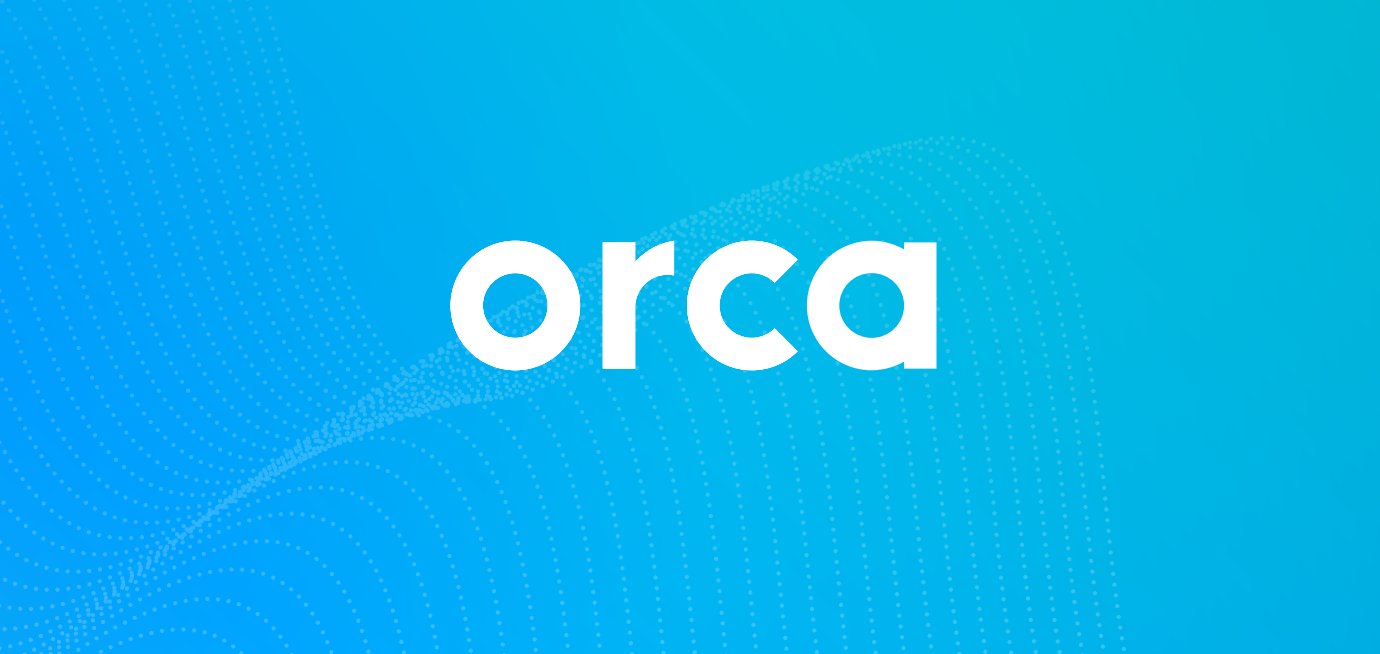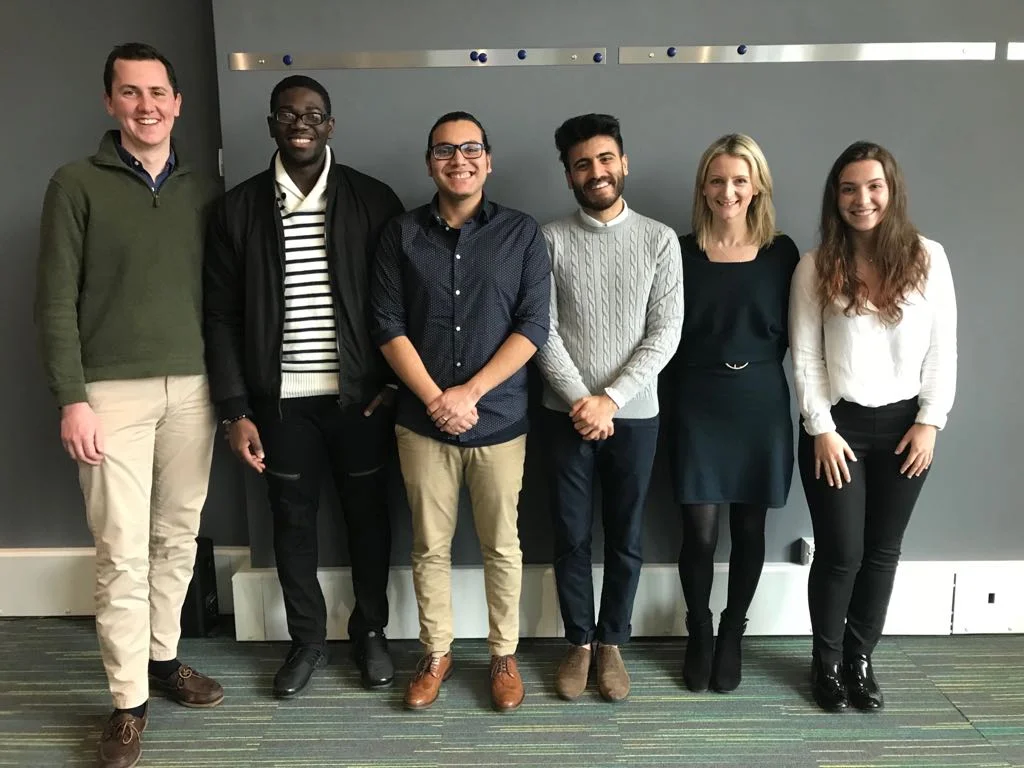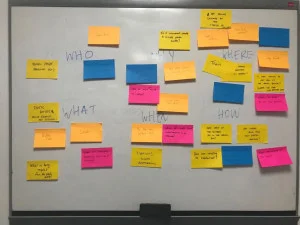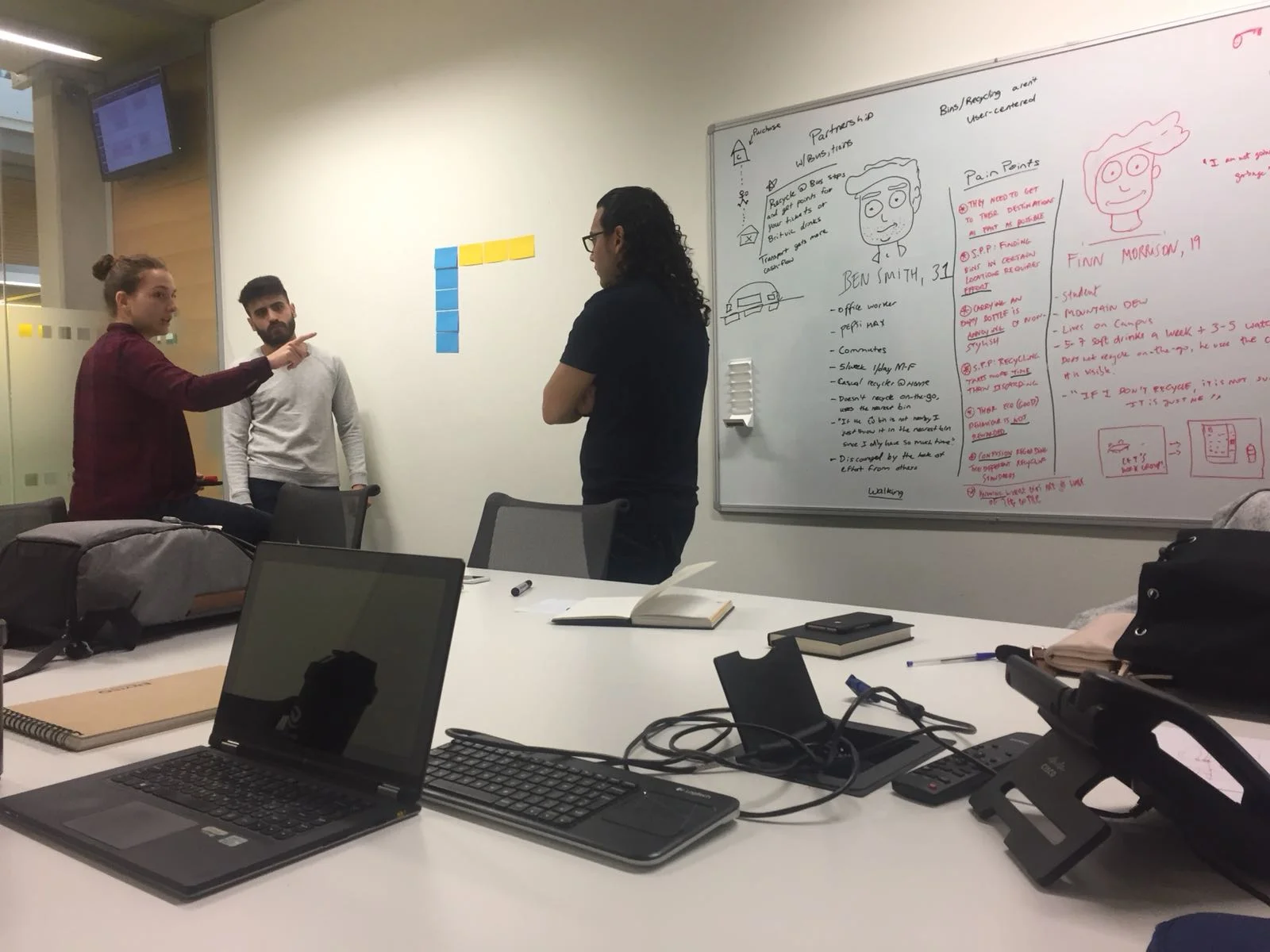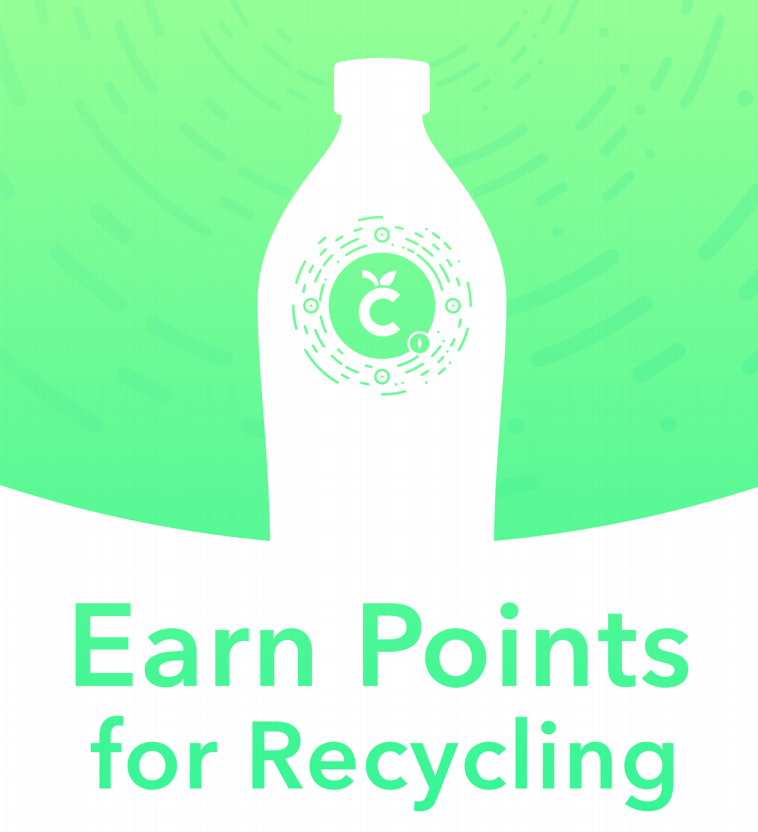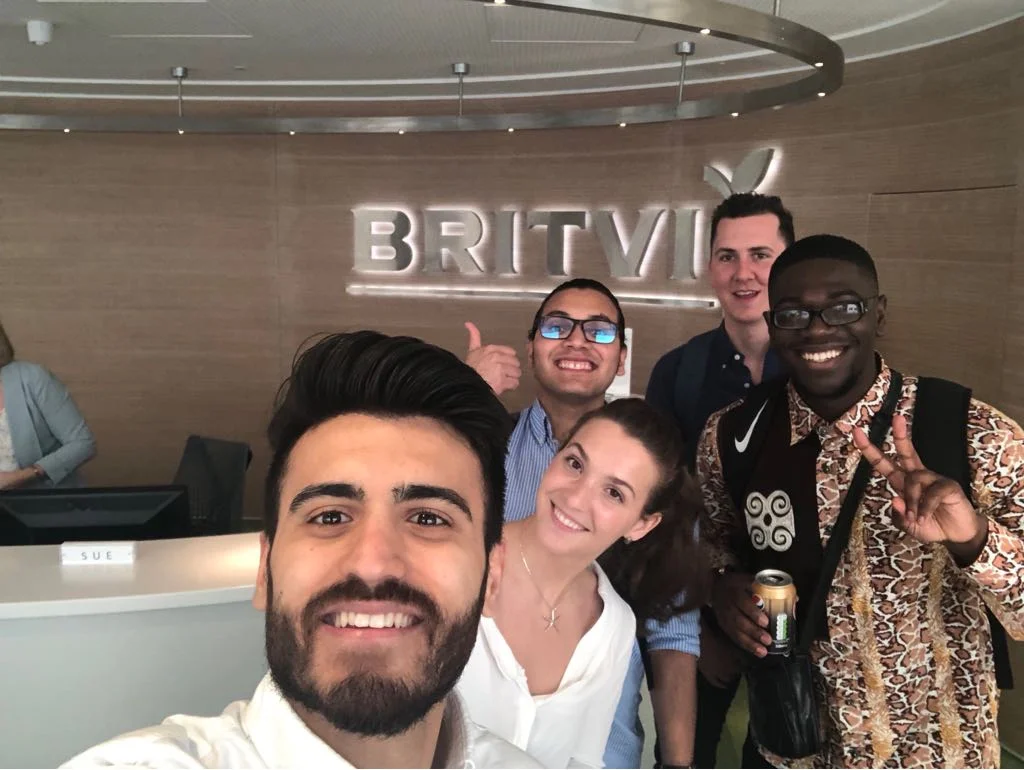Before the solution
Our journey began with a simple premise:
‘Explore the behaviours of the general public with plastic bottles after purchase in convenience settings to provide a solution to the amounts of plastic waste generated.’
My role
UX Designer. I was more involved in coordinating research methods, making sense out of the data collected, prototyping the physical objects and communicating the final concepts.
Skills applied
UX research, Design Thinking, 3D rendering, storyboarding, affinity mapping, conducting focus groups
orca and our client
Our design team values were: human, adaptative and innovative; a perfect fit for what Britvic required. And so, we met for a brief session where they explained their goal.
Unpacking assumptions
By using the information from the briefing, we carried out a 5W&1H exercise to discover which questions were relevant to our project and create a research plan.
primary research
From interviews with convenience store owners, to interviews with commuters, open questionnaires, to focus groups. Our whole research plan involved a total of 48 participants.
General public
Despite people wanting to recycle, a lot of the time it is inconvenient due to having to go out of their way
21%
Chances of returning to a store to return an empty plastic bottle
65%
most wanted reward for returning a plastic bottle: Cash rewards
Synthesis of the data
Even if the general public was our target user for this project, we tried to generate a more specific experience by aiming to solve the pain points for those user ranges that consumed more Britvic products on a regular basis.
vision statement (desire path)
The insights lead to think that there are two ways of solving the problem of the waste and inconvenience, either get in their way or make the return to the convenience setting. Both paths shared a common thread: rewarding the users could shift their behaviour.
conceptual line
It was clear that we had to define a service with three main points: the reward system, the deposit locations and collection of the waste.
Creating the solution
At this point we were divided between a service that could provide a better user experience and a service that would comply better with the needs and specifications coming from our customer. One of the solutions would imply a more low tech collection system that would require users to be come back to the convenience setting to be able to collect their reward.
sotryboarding solutions
In order to get a more clear version of the experience of the users and to define the sort of touch points that we had to develop and how these would interact with each other, we created several storyboards.
rewards and triggers
Another big part of the service was to define how the rewards system would be attractive enough to get the users to participate in the recycling service.
physical touch points
In order to make the collection of points or rewards possible, a bin or deposit system had to be developed. As well as a system to transfer the plastic waste from the convenience setting back to Britvic’s manufacturing headquarters.
‘By giving enough rewards and making the service easy and convenient, it will appeal and empower those with busy schedules that are pressed for time’
The solution
To make sure that we were able to meet both the reality of the users’ behaviour and the demands from the company, we developed a two phase solution. The first featured a low tech collection point at convenience stores managed by an app, the second featured smart bins placed strategically in the path of most commuters.
First phase solution
The initial part of the solution works as described in the storyboards above. The users would deposit the products after e-scaning both the unique QR code for the location and the barcode on the label of the bottle. They’d obtain the points by repeating this action that could be managed through the app.
The store clerk at the end of the day would empty the Britrack and put all the waste into bags to be collected by Britvic’s trucks.
Second phase solution
The final part of the solution involves smart bins that work via NFC and have light ques to communicate with the users. Its simple and sleek design could fit into most of the urban spaces.
The App
As stated above, the App is the tool that gives cohesion to both phases. It is the touchpoint that accompanies the user along the way, from finding collection points to exchanging the points obtained for useful rewards.






Final thoughts
Implementing the solution would require a huge investment on Britvic’s part, so it is quite likely that this will remain as an unfinished project. That being said, it was a delight working with this company, their challenge and their closeness to us gave us the power to deliver a solution we are proud of.
In addition to that, working in this team was one of my most cherished experiences as a designer. The variety of backgrounds made the generation process fresh and everyone had their moment to shine.
This is one of the most multidisciplinary and diverse team I have ever been a part of

